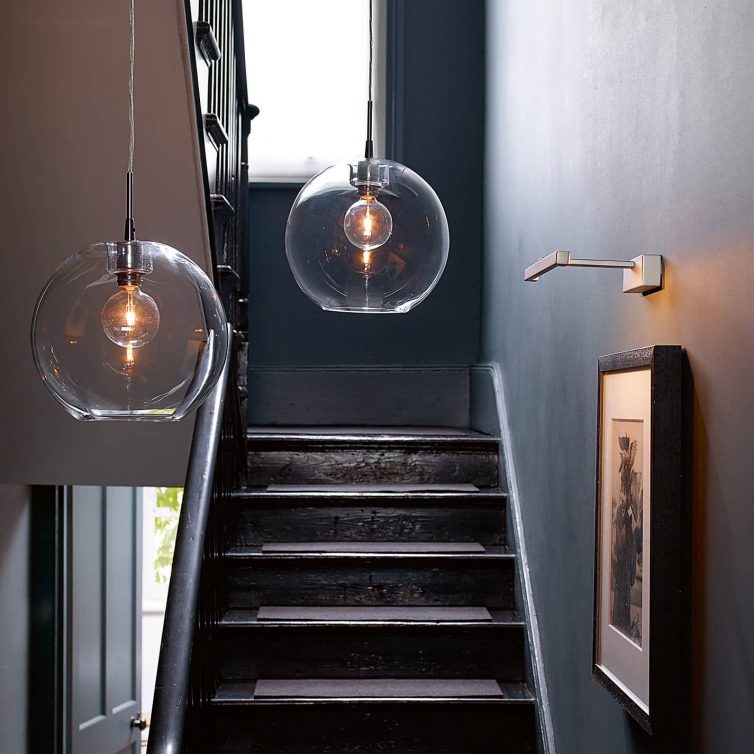This is an article on transforming your home with the power of good lighting.
Transform Your Home With Lighting
Poor lighting can ruin a room. A great lighting design can transform a room from a shabby undistinguished interior to one of distinction and style.
Even those on a budget can change their interiors with clever use of lighting – and here’s how:
Create the extraordinary
The invention of electric lighting transformed the way we live. Households no longer relied on illumination from a few candles or oil lamps, people made greater use of their rooms, and lighting as a form of interior design eventually started to gather momentum.
New developments in lighting design mean that contemporary society can benefit from the huge range of lighting solutions from the likes of Homebase and in order to make the most of their homes.
An increasing number of people use spotlights to accentuate certain features in their homes, or they use downlights to create a subtle ambience in their rooms. It is a subtle, varied and flexible.
Creating a plan
All interior designers agree that before you even attach a single light bulb to a fitting, you must create a lighting plan in order to get the best from your lighting system.
The designer Laurence Llewelyn Bowen suggests that you go around your home with a notebook in hand and compile a list of all the activities that take place in different rooms of the house and where and how they need to be lit up.
You should also assess whether you want to run all of your lights from a single circuit or have different circuits for dimmers and other fixtures. Accent lights will provide ambience and, when placed in tandem with mirrors or other reflective surfaces these will make a room seem larger.
Enhance
The interior designer Nina Campbell is a keen advocate of using clever lighting techniques to enhance your house. She suggests having different levels of light in living rooms and other activity areas in order to accentuate different parts of these environments.
You can fix a row of LED lights to a bookcase in one part of the room, and then use a combination of table lights next to sofas or some downlights above chairs in order to add a feeling of spaciousness to rooms.
Use dimmer switches
Bright overhead lights can look garish and often produce an overly-stark brightness. Even the most ornate of fittings in a stylish dining room can benefit from dimmer switches.
In a dining room, for example, you’ll want to see what you are eating, but ambience is key in any lighting design and it pays to be able to increase and decrease the lighting to fit the circumstances in the room at any one time.
You could always opt for wall sconces that can be dimmed or brightened depending on your needs. An article in Good Housekeeping suggests, quite rightly, that you should ‘think how each room will be used at different times of the day’. This will help you design your lighting around need.
Kitchen lighting can be fun
The kitchen is the heartbeat of many homes and the popularity of kitchen-diners means that an increasing number of people are spending more time in this room.
In effect the kitchen has become a multi-function room. A recent article in The Daily Mail suggests that you design your lighting to incorporate the room’s many uses.
The cook will need strong lighting over the food preparation areas, and this can be achieved with spot lights, make sure that these spots shine directly over the area rather than at an angle as these can cause shadows.
If your family does have an eating table in the room, then an overhead pendant light, complete with dimmer switch is a great idea. Under cabinet lights can also illuminate a worktop space, stopping you from working in your own shadow while adding an attractive element to your kitchen.
It’s important to always experiment with your lights, so ring the changes with different fittings and bulbs for a mini makeover whenever the mood takes you.
